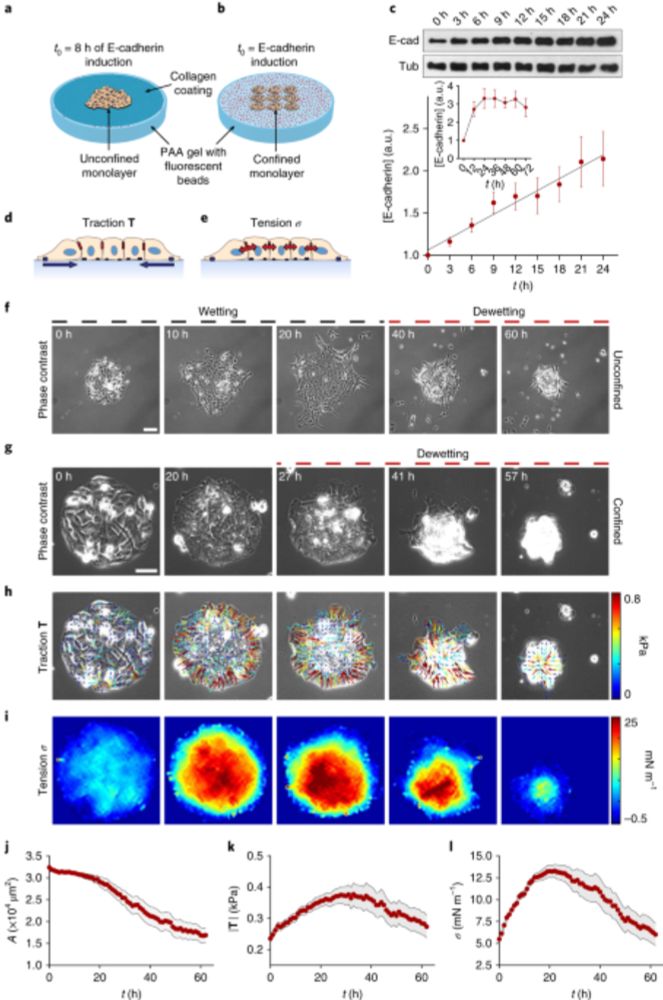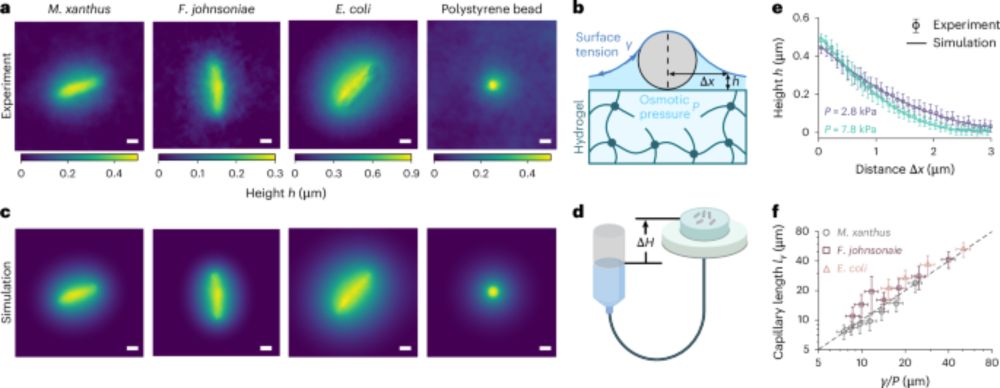Ricard Alert Zenón
@ricardalert.bsky.social
950 followers
450 following
87 posts
Physics Professor at Universitat de Barcelona. Research Group Leader at MPI-PKS and CSBD in Dresden. Theory of living matter. Collective phenomena in biology through the lens of active matter physics.
Posts
Media
Videos
Starter Packs
Reposted by Ricard Alert Zenón
Reposted by Ricard Alert Zenón
Reposted by Ricard Alert Zenón













